Home>Furniture & Design>Living Room Furniture>How To Stop My Leather Recliner From Squeaking
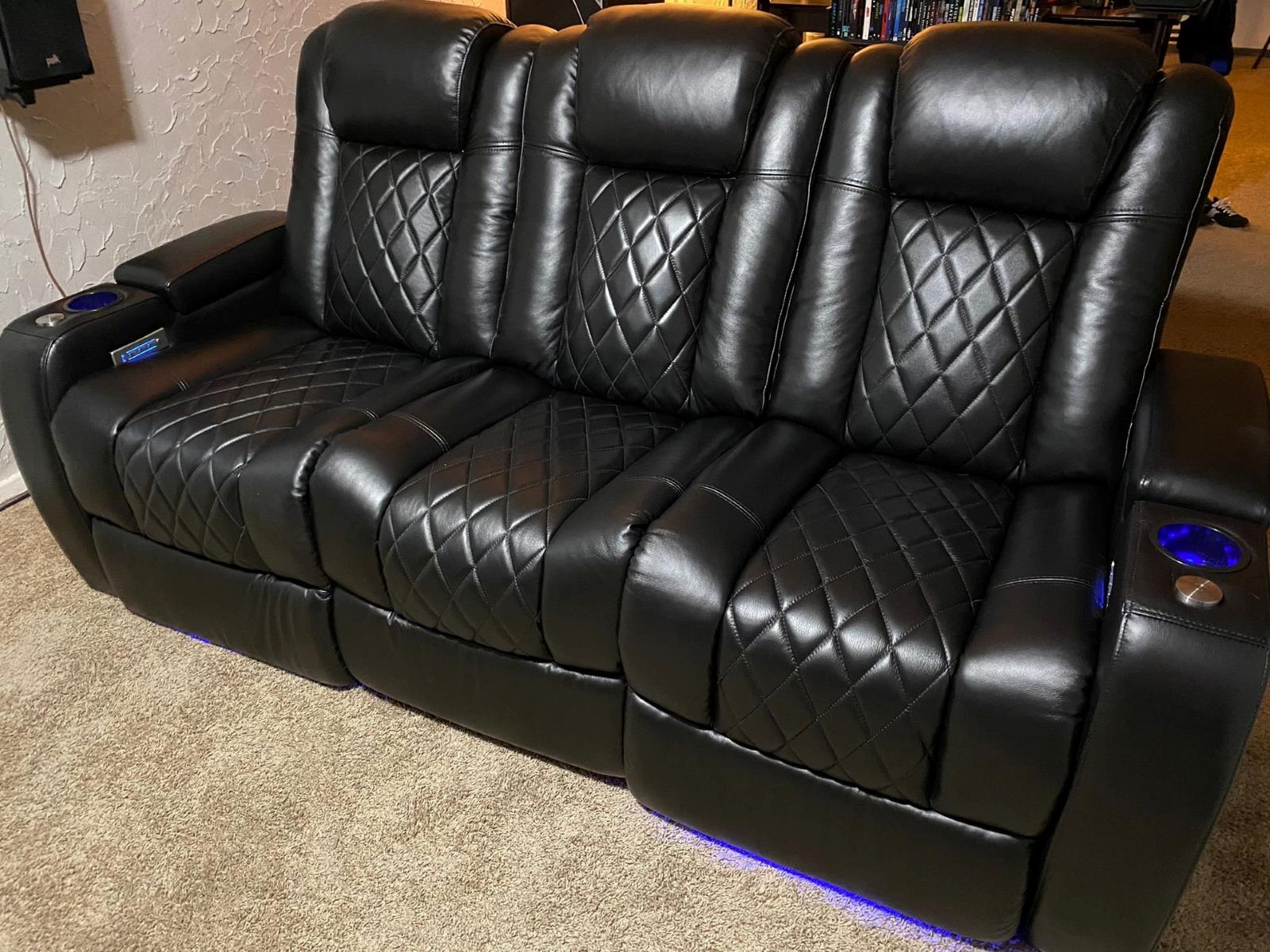

Living Room Furniture
How To Stop My Leather Recliner From Squeaking
Published: February 12, 2024
Learn how to silence your squeaky leather recliner with our expert tips. Say goodbye to annoying noises and enjoy a peaceful living room. Discover effective solutions now!
(Many of the links in this article redirect to a specific reviewed product. Your purchase of these products through affiliate links helps to generate commission for Storables.com, at no extra cost. Learn more)
Introduction
A leather recliner is the epitome of comfort and luxury, offering a cozy spot to unwind after a long day. However, the serenity of this experience can be disrupted by an unwelcome sound: squeaking. The persistent squeaking of a leather recliner can be a major annoyance, disrupting the tranquility of your living space and causing frustration. Fortunately, there are several effective methods to address this issue and restore your recliner to its silent, smooth-gliding state.
In this comprehensive guide, we will delve into the various causes of squeaking in leather recliners and explore practical solutions to eliminate this irksome noise. Whether the source of the squeak lies in the moving parts, loose screws and bolts, or the condition of the leather itself, we will equip you with the knowledge and techniques needed to silence the squeak and reclaim the peaceful enjoyment of your beloved recliner.
By understanding the root causes of the squeaking and implementing targeted remedies, you can extend the lifespan of your leather recliner while enhancing your overall relaxation experience. From lubricating the moving parts to utilizing a leather conditioner, each step in this process is designed to not only eliminate the squeak but also maintain the pristine condition of your recliner for years to come.
So, if the incessant squeaking of your leather recliner has been a source of frustration, fear not. With the insights and strategies outlined in this guide, you'll soon be able to bid farewell to the unwelcome noise and revel in the tranquility of your living room once more. Let's embark on this journey to restore peace and comfort to your cherished leather recliner.
Key Takeaways:
- Say goodbye to squeaky leather recliners by lubricating moving parts, tightening loose screws, and using a leather conditioner. Keep your recliner silent and comfortable for years to come!
- When DIY methods don’t work, seek professional help to diagnose and fix persistent squeaking. Professional technicians can provide tailored solutions and long-term maintenance tips for your beloved recliner.
Understanding the Cause of the Squeaking
The persistent squeaking of a leather recliner can be attributed to various factors, each of which warrants careful consideration to effectively address the issue. Understanding the root causes of the squeaking is crucial in implementing targeted solutions that will restore the tranquility of your living space.
One common cause of squeaking in leather recliners is the friction generated by the moving parts. Over time, the repeated use of the recliner can lead to friction between the mechanical components, resulting in an audible squeak with each movement. Additionally, the accumulation of dust and debris within the moving parts can exacerbate this friction, intensifying the squeaking noise.
Another potential cause of squeaking is the presence of loose screws and bolts. As the recliner is used, the constant shifting and movement can gradually loosen the screws and bolts that hold the various components together. This loosening can create gaps and instability, leading to creaking and squeaking sounds when the recliner is in use.
Furthermore, the condition of the leather itself can contribute to the squeaking. If the leather is dry, stiff, or worn, it can produce friction against other surfaces, resulting in an audible squeak. Additionally, the lack of proper conditioning and maintenance can cause the leather to lose its suppleness, making it more prone to producing unwanted sounds during use.
By recognizing these potential causes of squeaking in leather recliners, you can take proactive measures to address each factor systematically. Whether it involves lubricating the moving parts, tightening loose screws and bolts, or conditioning the leather, a comprehensive understanding of the underlying issues is essential in effectively silencing the squeak and restoring the serenity of your living room.
Understanding the multifaceted nature of the squeaking problem sets the stage for the subsequent sections, where we will explore targeted solutions to address each specific cause. With this knowledge in hand, you are well-equipped to embark on the journey of reclaiming the silent comfort of your beloved leather recliner.
Lubricating the Moving Parts
Lubricating the moving parts of your leather recliner is a fundamental step in addressing the persistent squeaking that may disrupt your peaceful moments of relaxation. The process of lubrication involves applying a suitable lubricant to the mechanical components of the recliner, effectively reducing friction and eliminating the source of the unwelcome noise.
To begin, it is essential to identify the specific moving parts that require lubrication. This typically includes the pivot points, hinges, and any other areas where metal components come into contact during the reclining and extension processes. Once these areas have been pinpointed, it is advisable to use a high-quality, silicone-based lubricant. Silicone-based lubricants are preferred for leather recliners as they provide effective lubrication without causing damage to the leather upholstery.
When applying the lubricant, it is important to use a precise and controlled approach. Begin by carefully reclining the chair to access the relevant moving parts. Then, apply a small amount of the silicone-based lubricant to each pivot point and hinge, ensuring thorough coverage of the metal surfaces. It is crucial to avoid over-application, as excess lubricant can attract dust and debris, potentially leading to further issues in the future.
After the lubricant has been applied, it is beneficial to manually operate the recliner several times to allow the lubricant to distribute evenly across the moving parts. This action facilitates the penetration of the lubricant into the mechanisms, effectively reducing friction and minimizing the occurrence of squeaking.
It is important to note that regular maintenance of the lubricated parts is essential to ensure continued effectiveness. Periodically inspect the moving components for signs of wear or dryness, and reapply the silicone-based lubricant as needed to maintain optimal functionality and silence any potential squeaks.
By meticulously lubricating the moving parts of your leather recliner, you can effectively eliminate the source of squeaking while promoting smooth and seamless operation. This proactive approach not only restores the tranquility of your living space but also contributes to the longevity and performance of your cherished recliner, ensuring that it continues to provide comfort and relaxation for years to come.
Apply a small amount of lubricant, such as silicone spray or leather conditioner, to the moving parts of the recliner to reduce friction and eliminate squeaking.
Tightening Loose Screws and Bolts
Loose screws and bolts are a common culprit behind the persistent squeaking of a leather recliner. As the recliner is used over time, the mechanical components may experience subtle shifts and movements, causing the screws and bolts to gradually loosen. This loosening can create gaps and instability within the recliner's structure, leading to creaking and squeaking sounds with each movement.
To address this issue, it is essential to conduct a thorough inspection of the recliner to identify any loose screws and bolts. Using a screwdriver or appropriate tool, carefully tighten each screw and bolt, ensuring that they are securely fastened. Pay close attention to the areas where the backrest, footrest, and armrests connect to the main frame, as these are common locations for loose fasteners.
During the tightening process, it is important to exercise caution and precision to avoid over-tightening, which can potentially damage the recliner's components. By methodically securing each screw and bolt, you can effectively eliminate the gaps and movements that contribute to the squeaking, restoring stability and quiet operation to your leather recliner.
In addition to tightening the existing screws and bolts, it is advisable to periodically conduct maintenance checks to ensure that the fasteners remain secure. Regular inspections allow you to promptly address any loosened screws or bolts, preventing the recurrence of squeaking and maintaining the structural integrity of the recliner.
By systematically addressing loose screws and bolts, you not only eliminate the source of the squeaking but also contribute to the overall longevity and performance of your leather recliner. This proactive approach ensures that your recliner continues to provide a serene and comfortable seating experience, free from the unwelcome noise that can disrupt moments of relaxation.
In summary, tightening loose screws and bolts is a crucial step in silencing the squeaking of a leather recliner. By diligently securing the fasteners and conducting regular maintenance checks, you can enjoy the tranquility of your living space while preserving the impeccable functionality of your beloved recliner.
Using a Leather Conditioner
Maintaining the suppleness and integrity of the leather upholstery is essential in addressing the persistent squeaking of a leather recliner. Over time, the natural oils and moisture within the leather can diminish, leading to dryness and stiffness that contribute to friction and unwanted noise. By utilizing a high-quality leather conditioner, you can effectively nourish and rejuvenate the leather, mitigating the factors that lead to squeaking while enhancing the overall appearance and longevity of your recliner.
To begin the process of using a leather conditioner, it is advisable to select a product specifically formulated for use on leather furniture. This ensures that the conditioner is tailored to the unique characteristics of leather upholstery, providing optimal nourishment and protection. Before application, it is recommended to perform a spot test in an inconspicuous area to ensure compatibility and assess any potential color changes.
Once the suitability of the leather conditioner has been confirmed, apply a small amount of the product to a soft, clean cloth. Gently massage the conditioner into the leather in a circular motion, ensuring even coverage across the entire surface of the recliner. Pay particular attention to areas that experience frequent movement, such as the seat, backrest, and armrests, as these are prone to dryness and stiffness.
After the conditioner has been applied, allow it to be absorbed by the leather for the recommended duration specified by the product manufacturer. This absorption period allows the conditioner to penetrate the leather, replenishing essential oils and restoring flexibility. Once the absorption is complete, use a separate clean cloth to gently buff the leather, removing any excess conditioner and ensuring a smooth, lustrous finish.
Regular application of a leather conditioner is essential to maintain the optimal condition of the upholstery and prevent the recurrence of squeaking. Periodic treatments, in accordance with the manufacturer's guidelines, help to sustain the suppleness and resilience of the leather, minimizing friction and preserving the silent comfort of your recliner.
By incorporating the use of a high-quality leather conditioner into your maintenance routine, you not only address the source of squeaking but also elevate the overall aesthetic and tactile appeal of your leather recliner. This proactive approach to leather care ensures that your recliner remains a symbol of luxury and relaxation, free from the disruptions of unwelcome noise.
In summary, using a leather conditioner is a vital step in mitigating the factors that contribute to the squeaking of a leather recliner. By nourishing and revitalizing the leather upholstery, you can enjoy a serene and silent seating experience while prolonging the lifespan of your cherished recliner.
Read more: How To Stop Recliner From Squeaking
Seeking Professional Help
In some cases, despite diligent efforts to address the squeaking of a leather recliner, the source of the noise may persist, or the underlying issues may require professional expertise to resolve effectively. When faced with persistent squeaking that remains unmitigated by DIY methods, seeking professional help from a qualified furniture technician or upholsterer can provide valuable insights and solutions to restore the silent comfort of your recliner.
Professional technicians possess the specialized knowledge and experience necessary to diagnose and address complex issues that may be contributing to the squeaking of your leather recliner. Their expertise allows them to conduct a comprehensive assessment of the recliner, identifying underlying mechanical or structural issues that may be challenging to detect without professional insight.
Upon inspection, a skilled technician can pinpoint the specific components or mechanisms within the recliner that are contributing to the squeaking, providing targeted solutions to rectify the issues. Whether it involves intricate adjustments to the internal mechanisms, replacement of worn components, or advanced repair techniques, the expertise of a professional can effectively eliminate the source of the unwanted noise.
Furthermore, professional technicians have access to specialized tools and equipment that enable them to execute precise and effective repairs, ensuring that the recliner is restored to optimal functionality and silence. Their proficiency in handling intricate furniture components and their understanding of the unique characteristics of leather upholstery equip them to deliver tailored solutions that address the specific needs of your recliner.
In addition to addressing the immediate squeaking issue, seeking professional help can also provide long-term benefits for the overall maintenance and care of your leather recliner. Professional technicians can offer valuable guidance on proper maintenance practices, including recommended lubrication schedules, leather conditioning techniques, and general care tips to preserve the pristine condition of your recliner.
By entrusting the expertise of a qualified furniture technician or upholsterer, you can gain peace of mind knowing that the squeaking of your leather recliner will be effectively resolved, allowing you to once again enjoy uninterrupted moments of relaxation and comfort in your living space.
In summary, when DIY efforts prove insufficient in addressing the persistent squeaking of a leather recliner, seeking professional help from experienced technicians offers a proactive and effective approach to restoring the silent comfort of your cherished recliner.
Frequently Asked Questions about How To Stop My Leather Recliner From Squeaking
Was this page helpful?
At Storables.com, we guarantee accurate and reliable information. Our content, validated by Expert Board Contributors, is crafted following stringent Editorial Policies. We're committed to providing you with well-researched, expert-backed insights for all your informational needs.

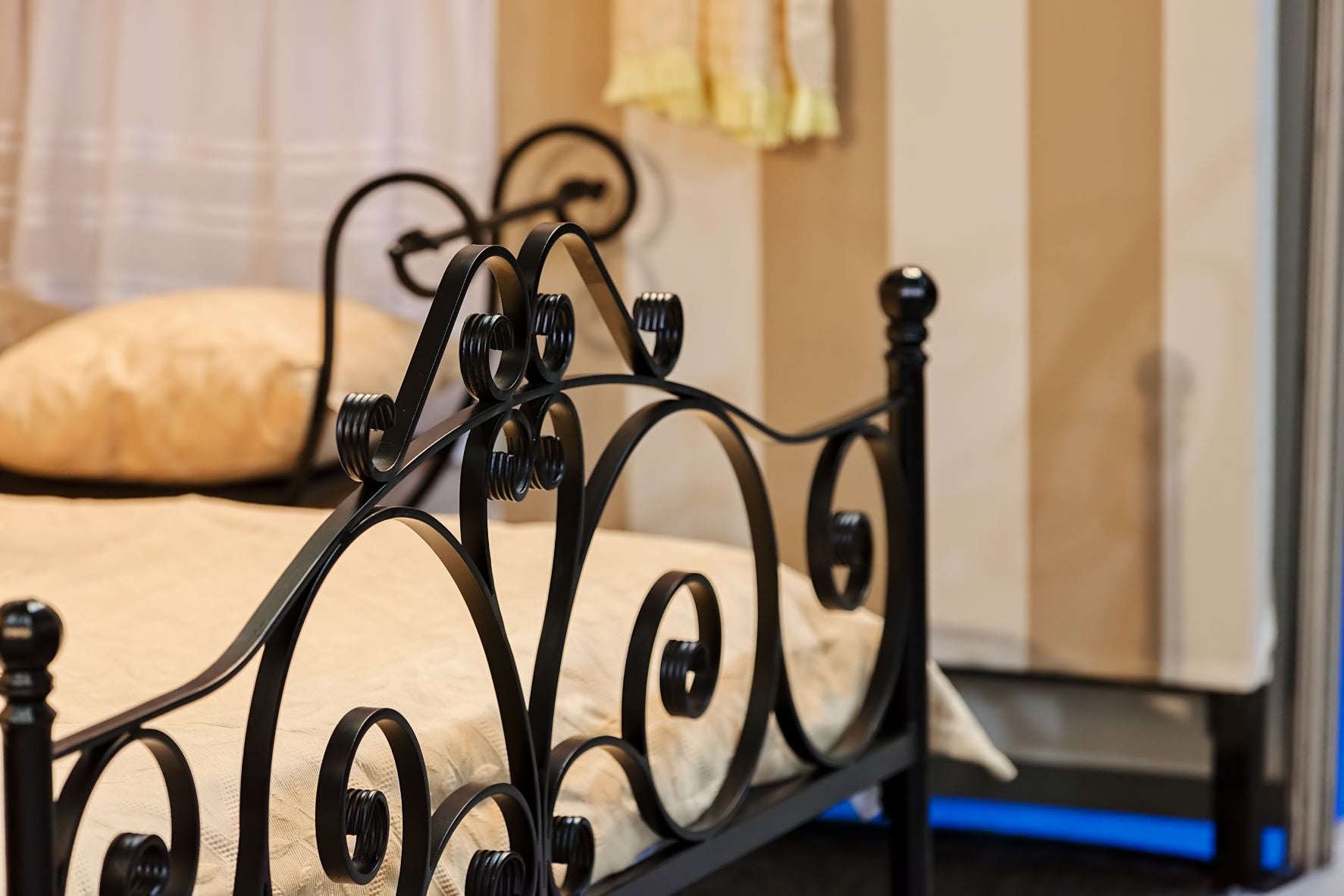
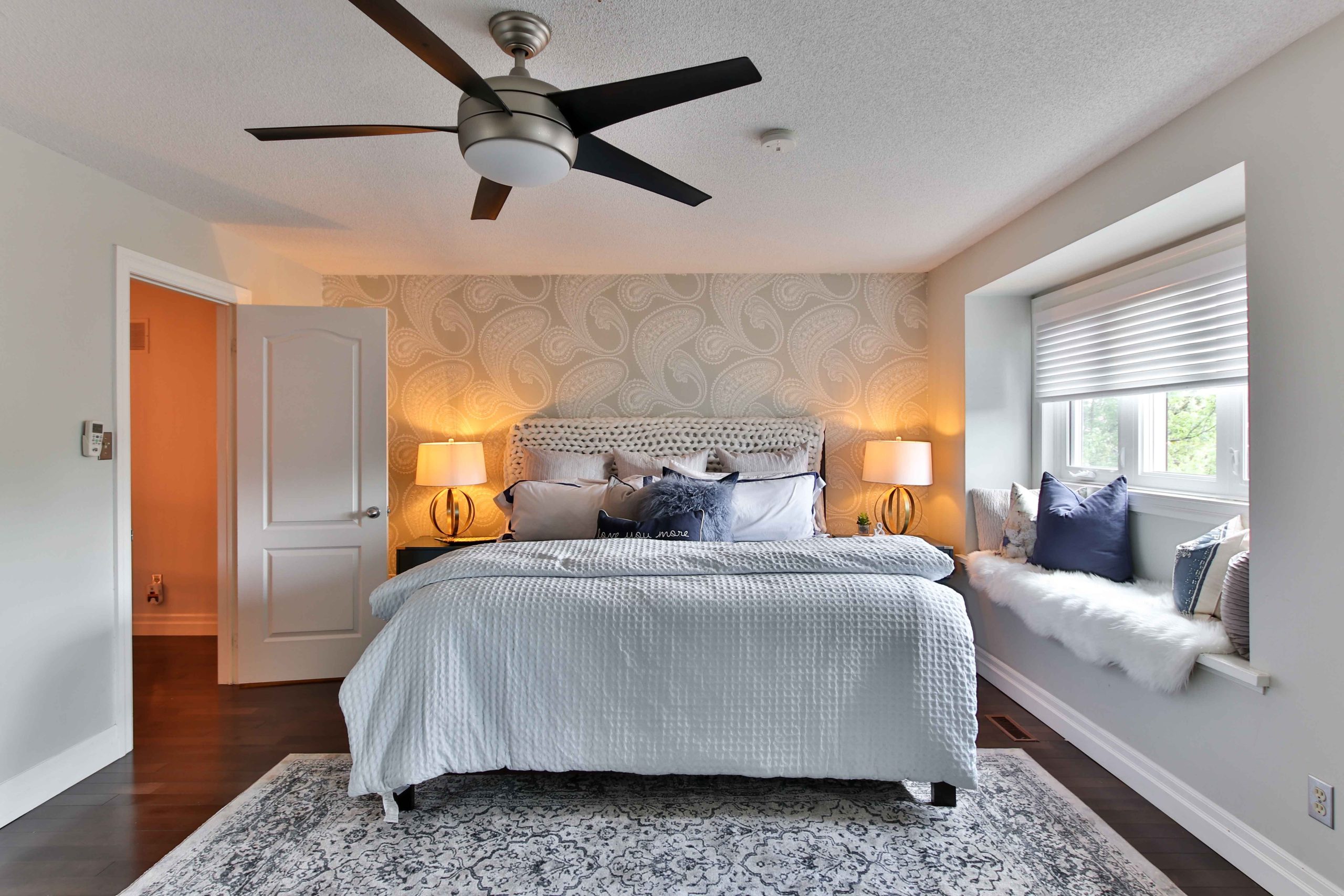
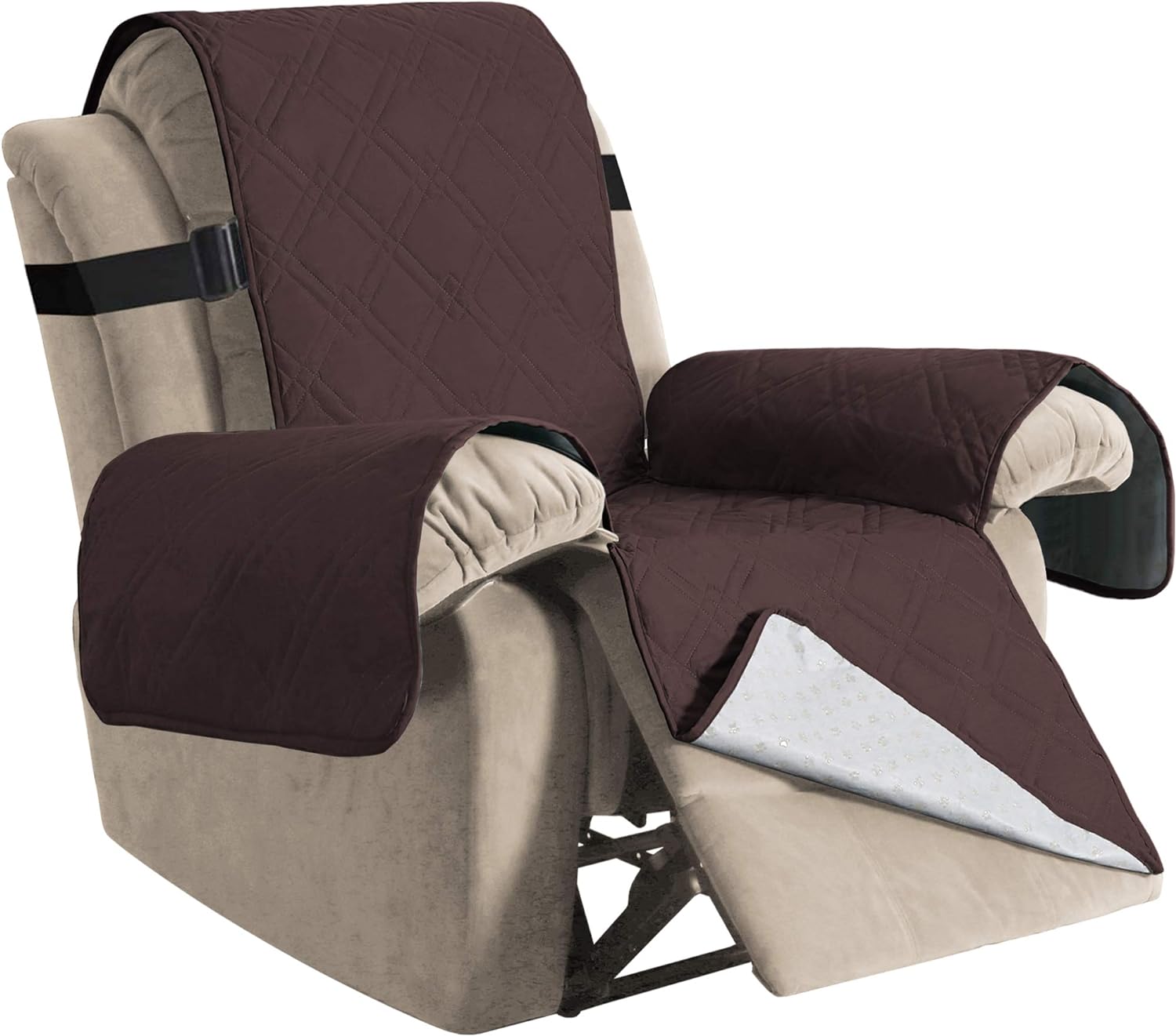
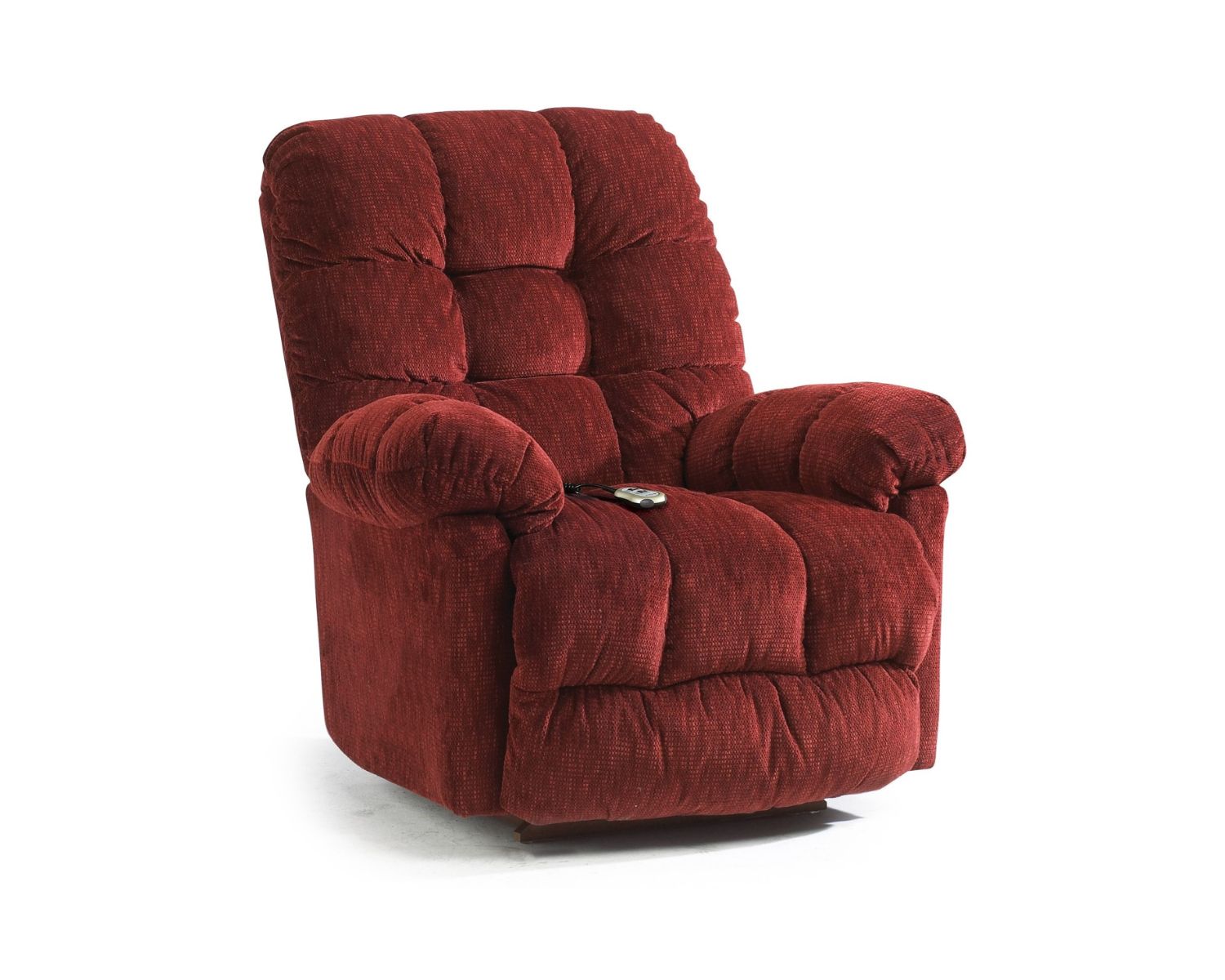
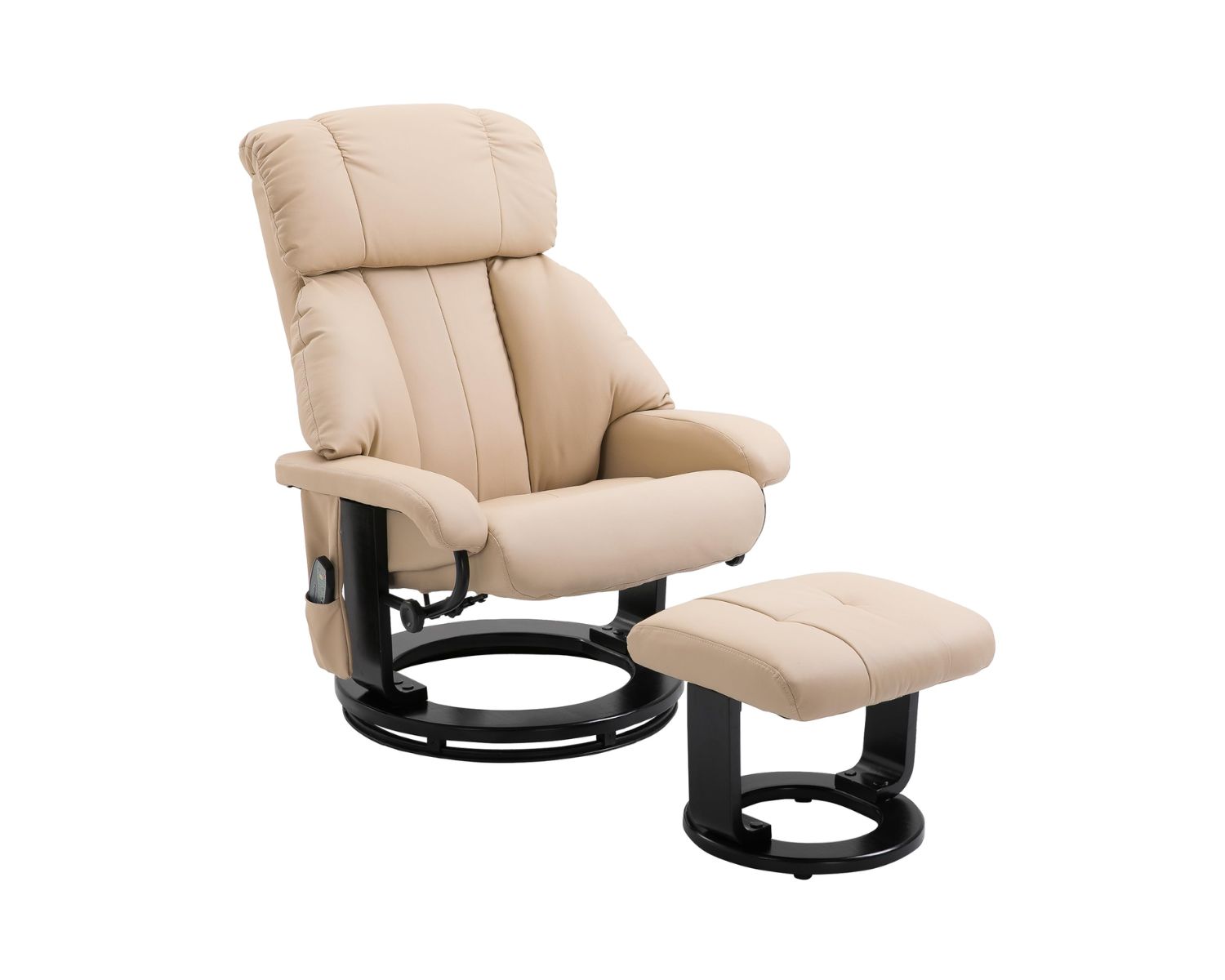
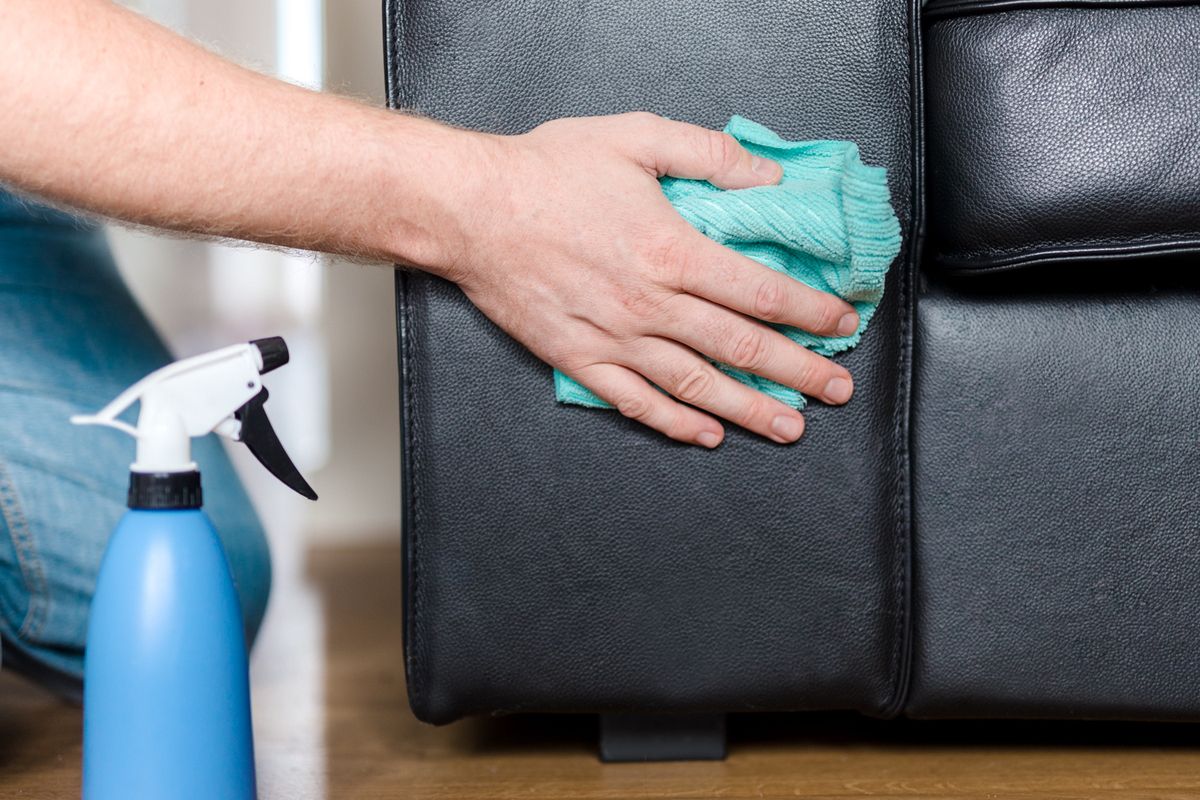
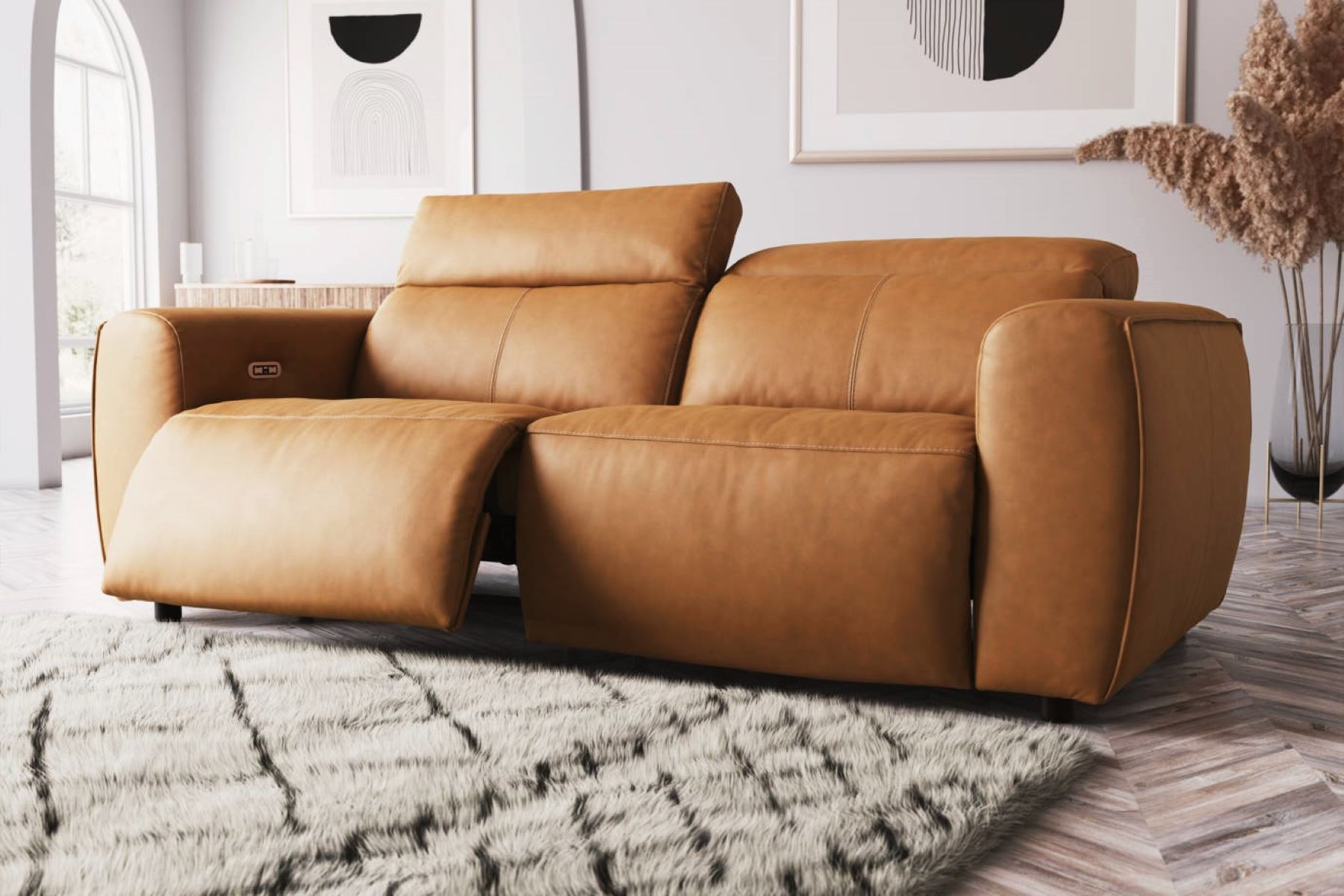
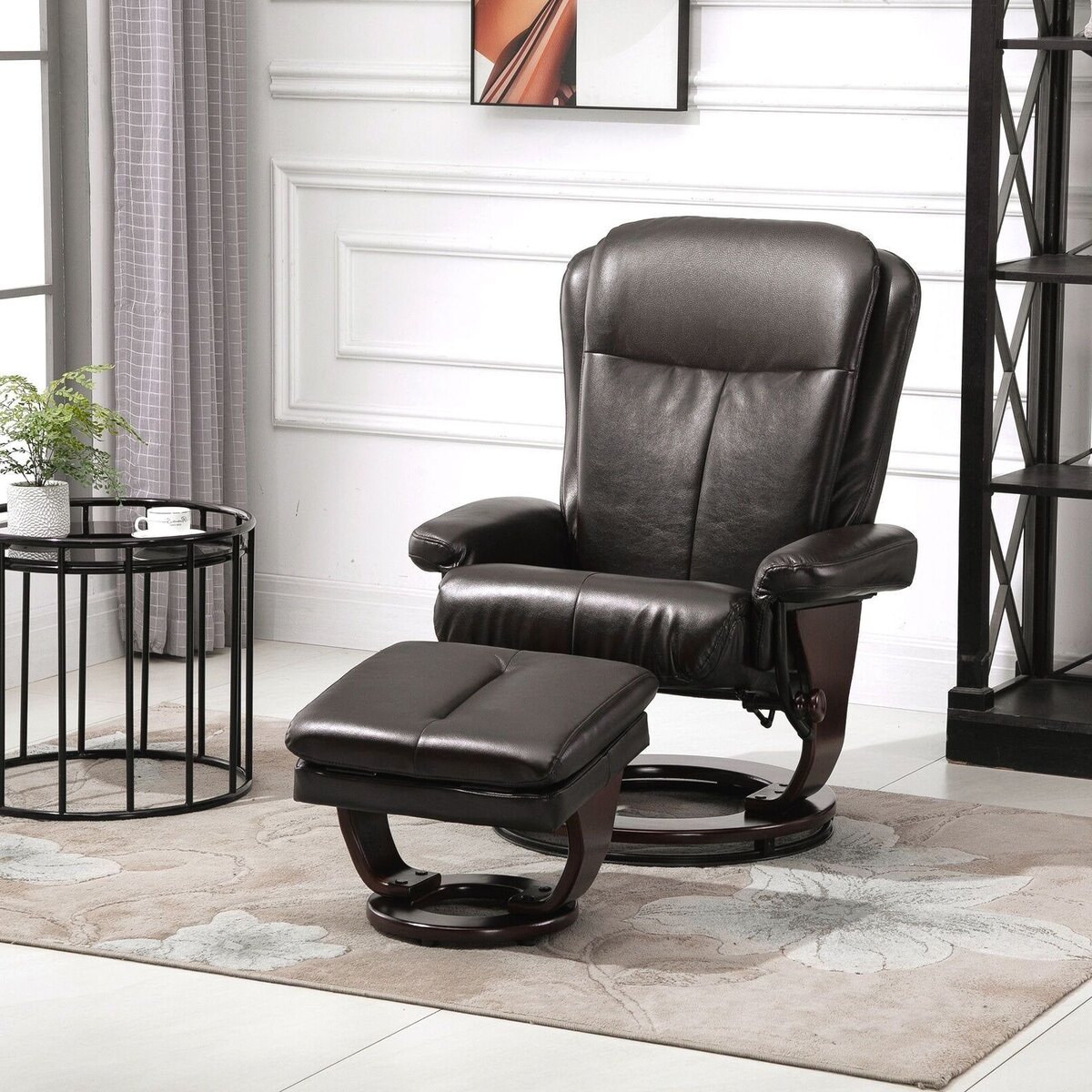
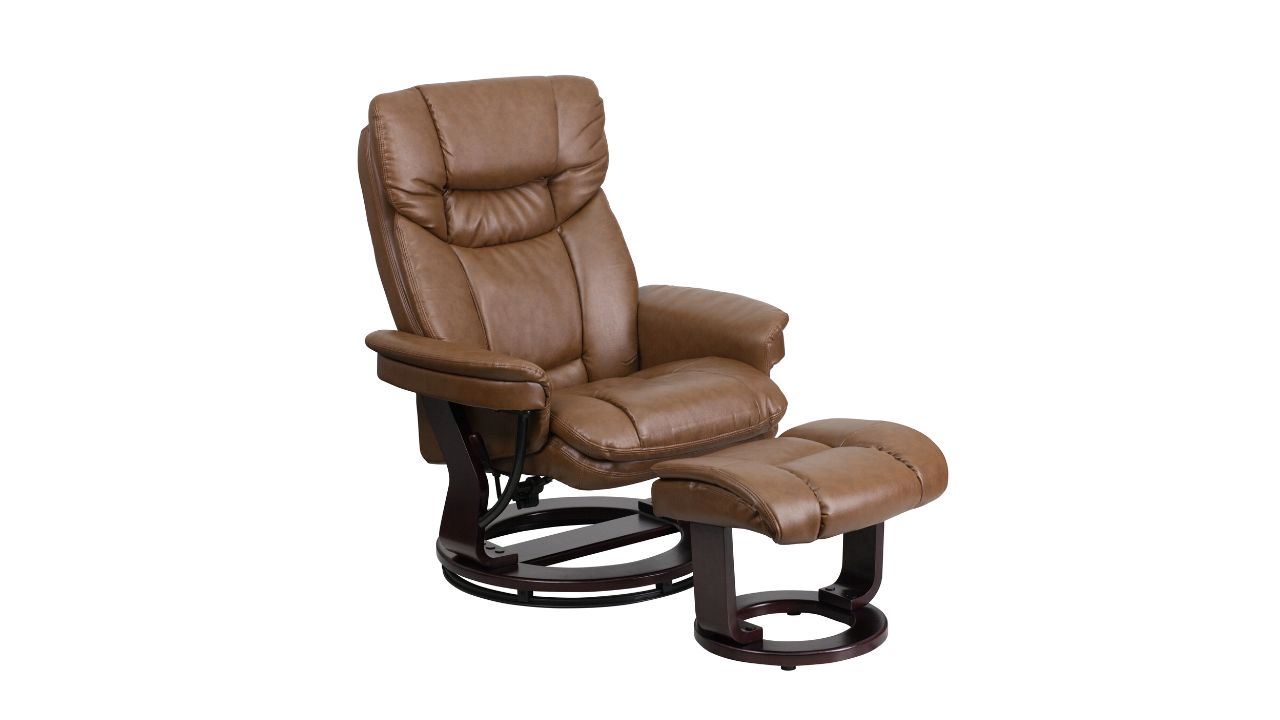
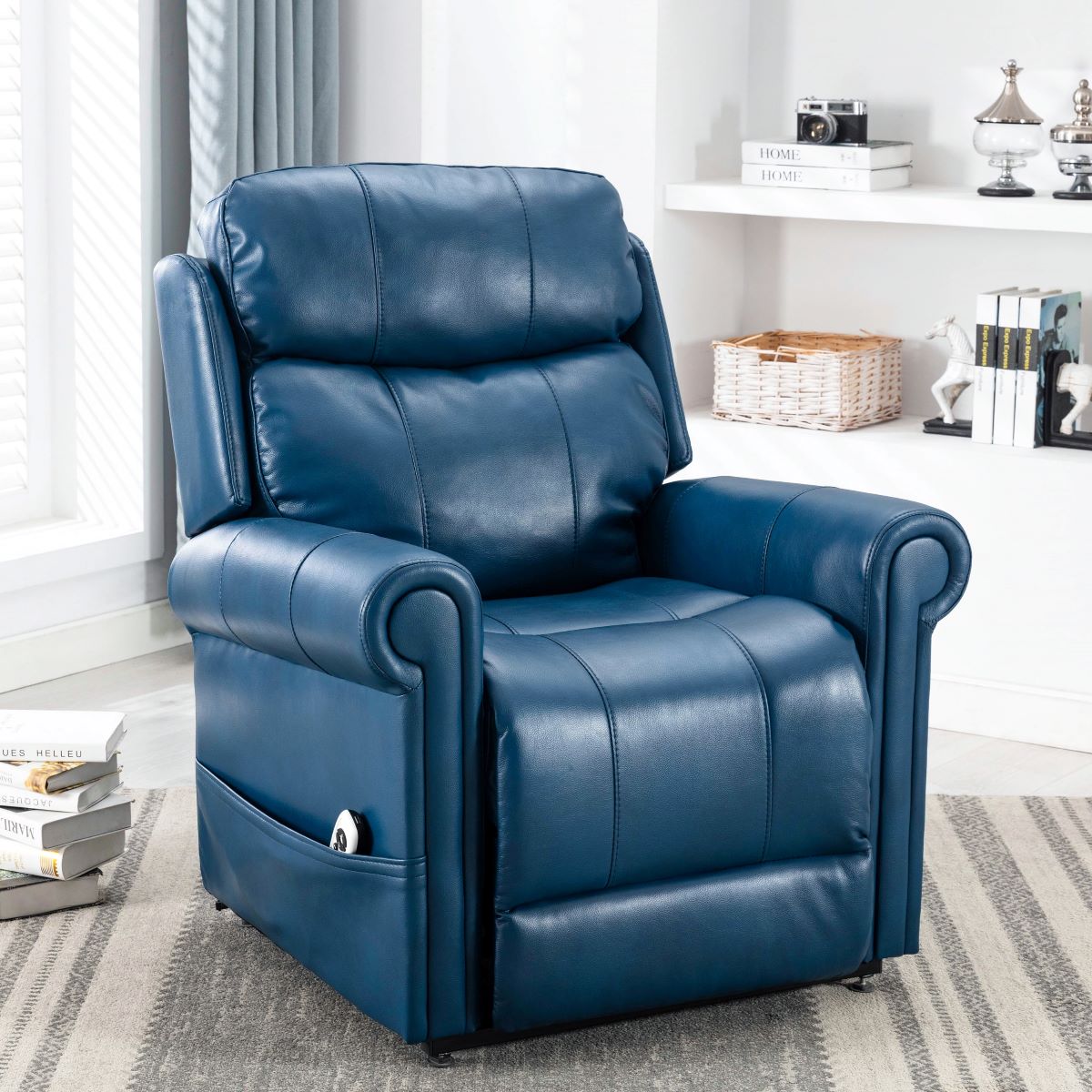
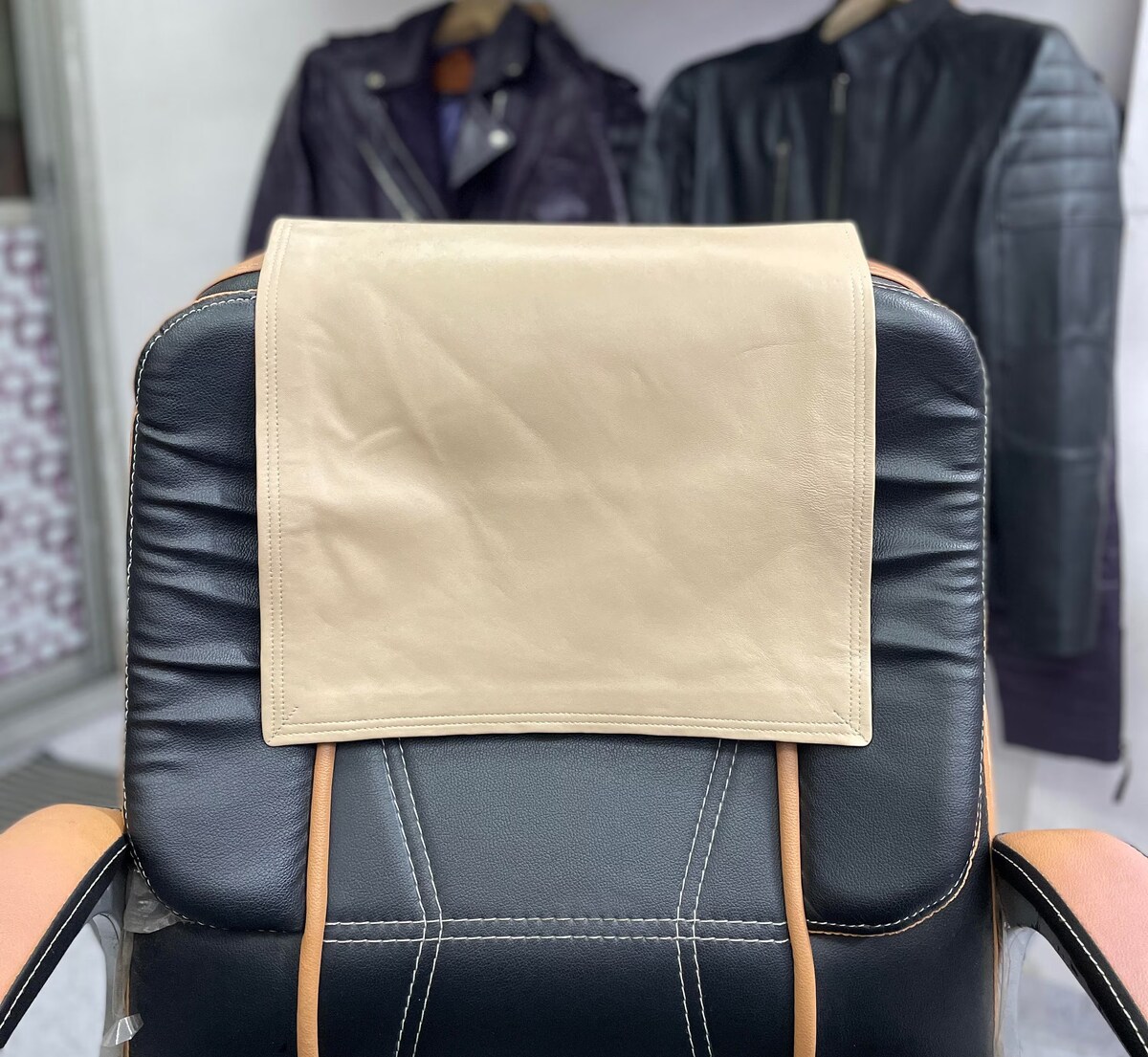
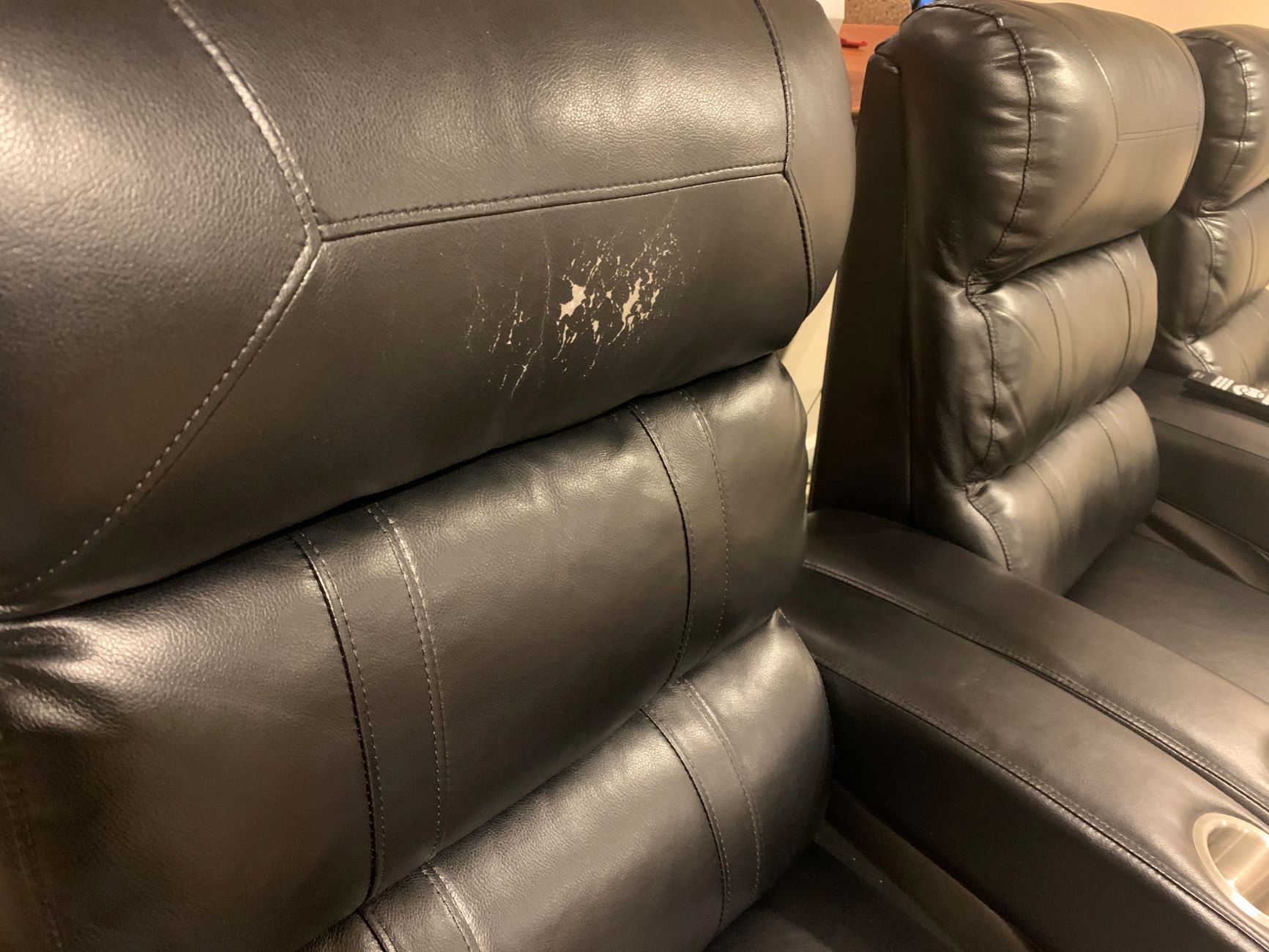
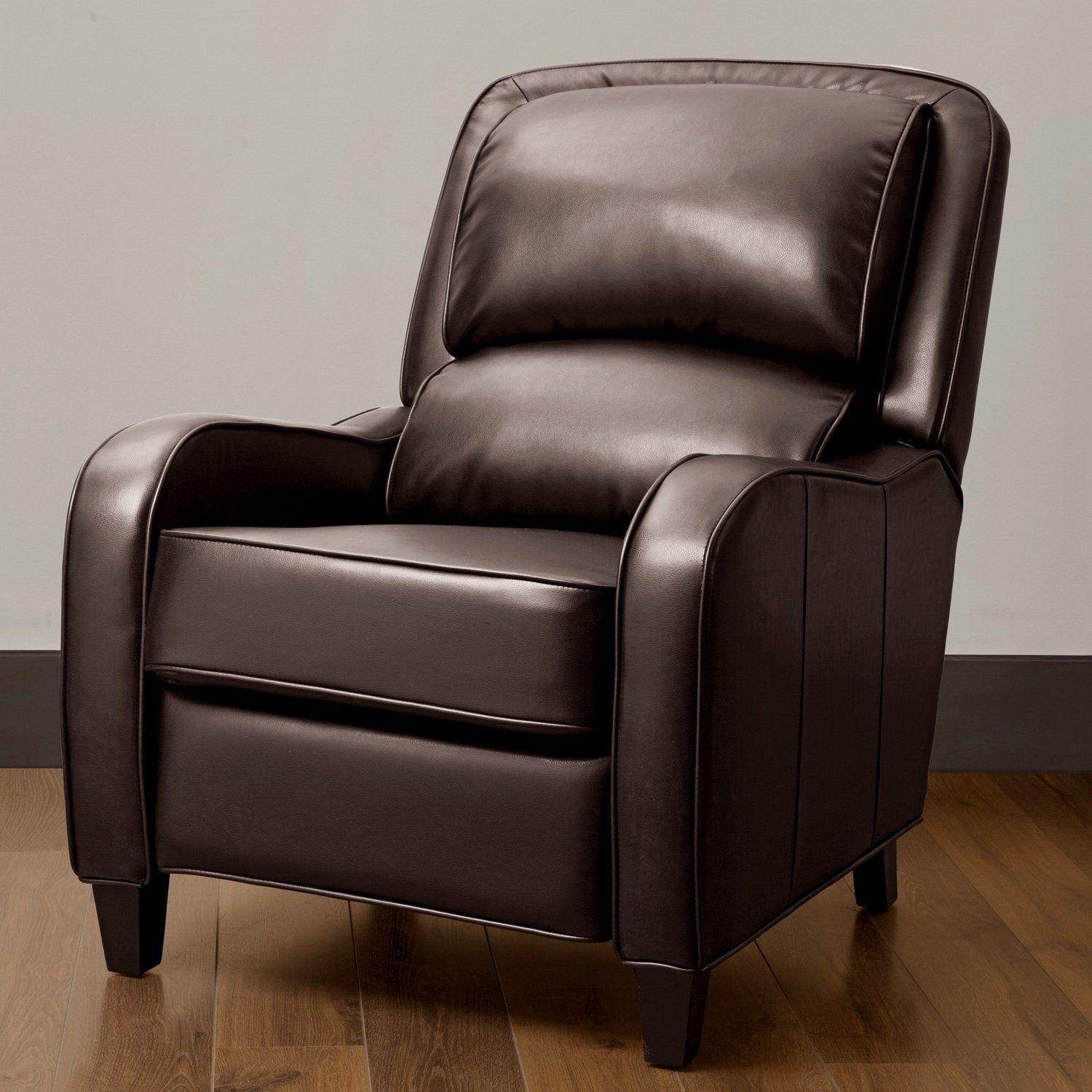

0 thoughts on “How To Stop My Leather Recliner From Squeaking”